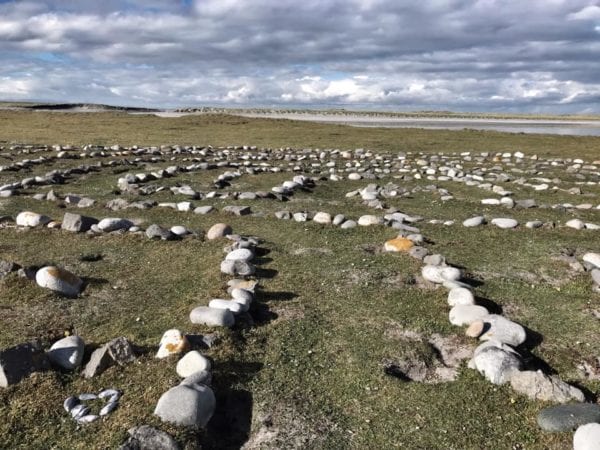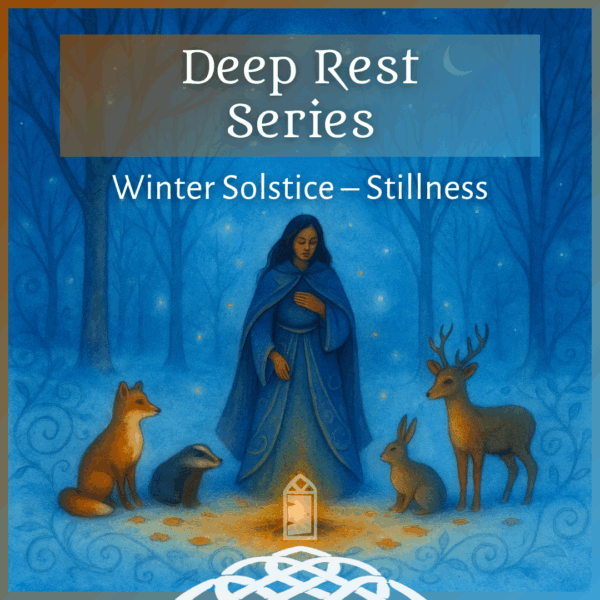Dear monks, artists and pilgrims,
During this Jubilee year of sabbatical we are revisiting our Monk Manifesto by moving slowly through the Monk in the World retreat materials together every Sunday. Each week will offer new reflections on the theme and every six weeks will introduce a new principle.
Principle 6: I commit to rhythms of rest and renewal through the regular practice of Sabbath and resist a culture of busyness that measures my worth by what I do.
Listen to the audio version below.
 To create your own Sabbath practice begin by reflecting on the best day of the week.
To create your own Sabbath practice begin by reflecting on the best day of the week.
Sabbath may not happen on the traditional Sunday or Saturday for you. It might even be a couple of Sabbath evenings during the week. The key is to allow the time to be truly restorative. The most important aspect of Sabbath time is that it happens, there is time “wasted” for play and delight, free of work and worry. One evening is better than nothing, although a whole day will be more nourishing and restorative.
This isn’t about creating guilt and a sense of inadequacy, but about challenging ourselves to consider what we can let go of to make this a priority.
Once you have settled on a time, create some simple rituals. It is helpful to mark the beginning and ending of this time, as in Jewish practice. We signal to our minds that we are entering sacred time and this is different than the rush of our lives.
Here are some things you might consider incorporating:
Find a special candle that is especially for your Sabbath ritual. Light it as part of entering this sacred time. You might read a blessing or write your own or offer some words spontaneously about keeping this as time for rest and renewal.
You might begin your Sabbath with a meal with a loved one or share a cup of tea. Sabbath is best supported by practicing in community. The monks had a pattern for their living. We need help to support this in our lives. It might be a partner, your family, or a dear friend. Reflect together on the past week and then set aside worries and concerns.
Practice gratitude, name ten things you are grateful for from the week. Gratitude and Sabbath-keeping both cultivate a sense of abundance rather than scarcity. When we offer thanks and set aside our work we are acknowledging that there is enough – time, things, love.
Turn off your phone and your email. Leave a message or auto-responder letting people know that you won’t be responding to messages during this time. See if you can reduce the amount of electricity you use by turning off lights and keeping candles lit, and not doing laundry or running the dishwasher.
Every time you cross the threshold of a doorway pause and take three slow deep breaths. This relaxes the body and reminds us of the spaciousness available to us. Sabbath is like crossing over a threshold into a different quality of time.
Engage your body by going on a contemplative walk, which is a walk without the purpose of getting somewhere or for exercise. Follow your own inclinations, see where the walk wants to lead you. Make connections with the earth and her creatures.
One of my favorite Sabbath practices is a nap. Making time for rest in the middle of the day feels like the height of self-love and care.
Most of all in this space listen. Listen deeply to the subtle song of God within you. What do you hear when you lay aside all of your important work and just let yourself have time to be?
Blessings on your Sabbath time. May you experience deep rest and delight.
With great and growing love,
Christine
Christine Valters Paintner, PhD, REACE
Photo © Christine Valters Paintner


